A Guide to Female Hairstyles
Sometimes, we come to hairdressers hoping for a wonderful transformation but leave the beauty salon disappointed. One of the possible reasons is that we lack the necessary words to describe what exactly we want to see on our heads. What can help is understanding the differences between the pixie cut and garcon cut, and what kinds of haircuts there are.
5-Minute Crafts has prepared a guide on the most popular kinds of female hairstyles that will help you speak the same language as your hairdresser.
Pixie
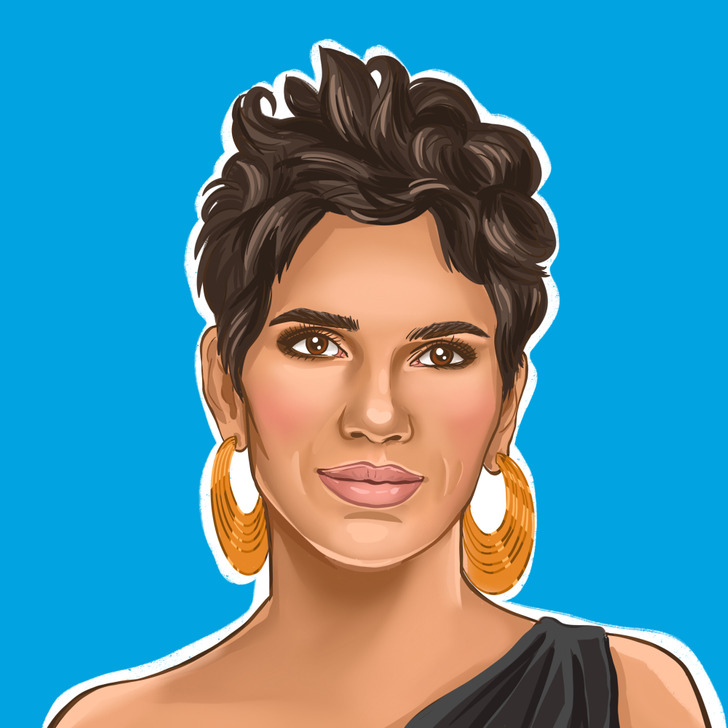
A pixie cut is a short haircut. It’s short at the back and the sides of the head. The neck and the ears are open. The hair is a bit longer on the top and the bangs are very short. The name of the cut comes from the fantasy creature, pixie.
The pixie became popular at the beginning of the 1950s when Audrey Hepburn had this haircut in Roman Holiday. The haircut was also popularized by actress Mia Farrow and the British model, Twiggy.
Bob

A bob is a hairstyle that can be short to average length. A standard bob opens the back of the neck. This cut has a lot of variations — with longer hair on the front, with hair framing the face and shorter on the back, with hair reaching the shoulders or the chin, with and without bangs, and asymmetric.
Bobs with longer hair at the front and a voluminous back is a go-to for Victoria Beckham.
French bob
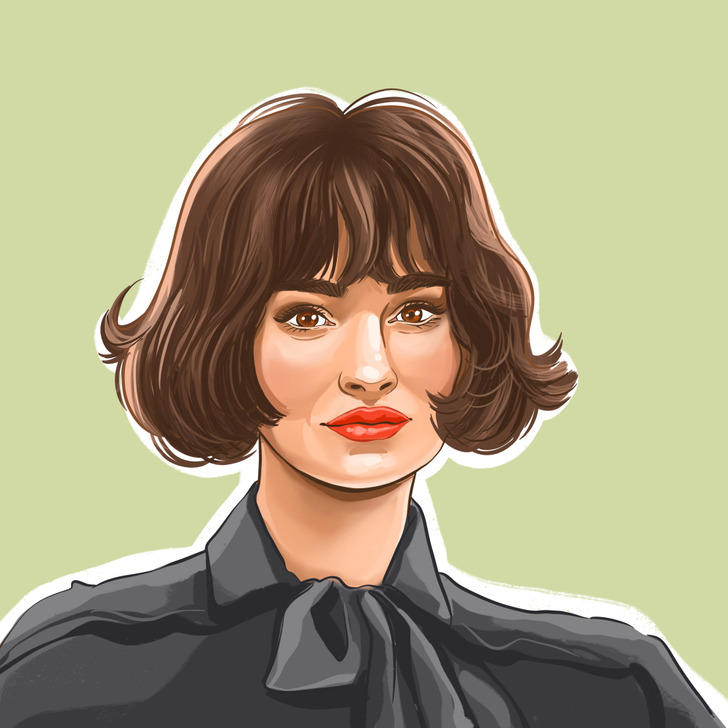
A French bob is a shorter bob reaching the chin. It’s accompanied by the bangs on the eyebrow line. For the French bob, the styling should be natural and the hair can be wavy.
Lob

Shag

Garcon
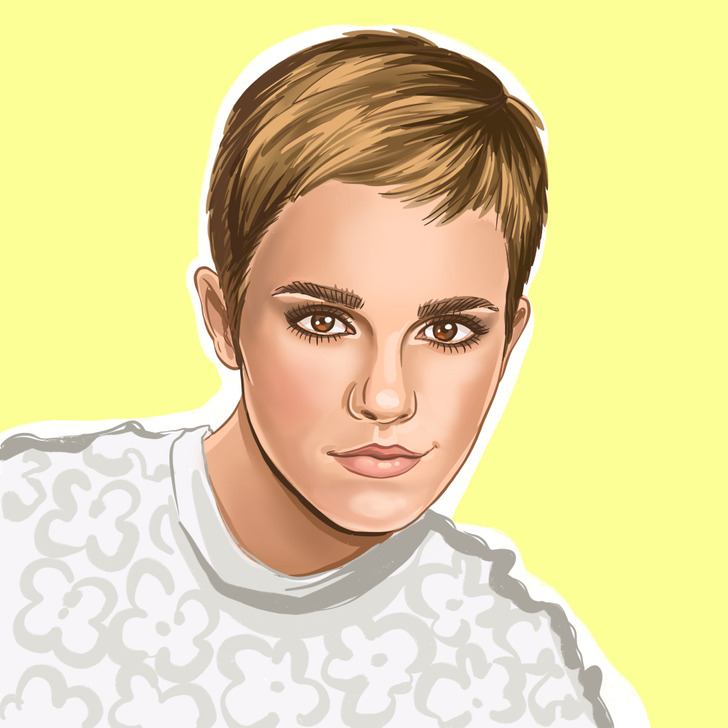
The word “garcon” is French for “boy.” It’s a female hairstyle that appeared in France more than 100 years ago and became popular thanks to Coco Chanel. Garcon has a smooth hair outline, a short open back of the head, cut hair on the temples, and a little volume on the top.
It’s the smooth, clear lines that differentiate a garcon from a pixie, with the hair looking short at all sides.
Undercut

Cascade

For a cascade cut, the locks are of different lengths, so there’s a smooth transition from the top and the back to the tips. The shortest locks are closer to the top, and the longest, to the bottom.
Such a style looks voluminous and natural. The cascade doesn’t have any clean cuts or geometric lines or shapes.
Ladder

The ladder is done on straight hair below the shoulders. Each new step is done on the front part, not on the entire head like it’s done in the cascade. The ladder is one of the most comfortable cuts that doesn’t require complex styling.
Cesson
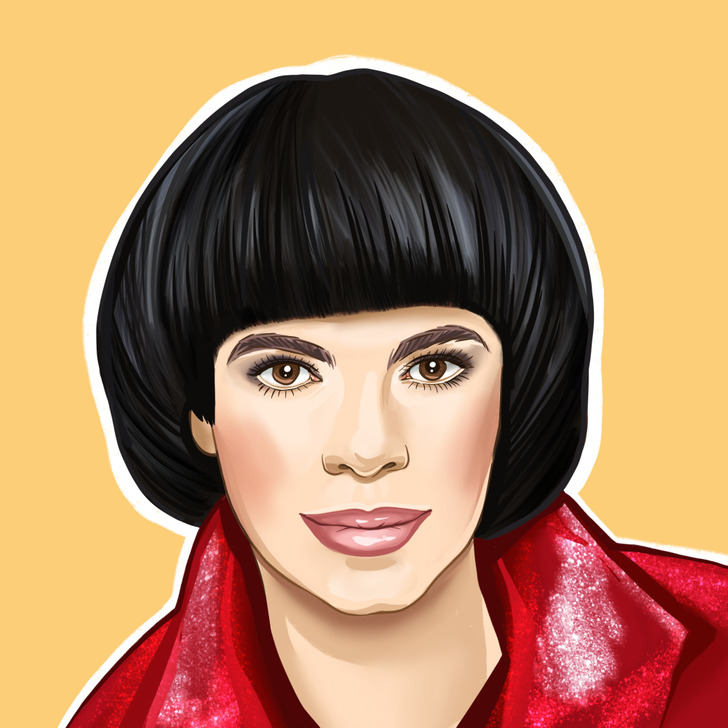
The cesson has pronounced semicircular-shaped bangs, smoothly passing into the rest of the hair. At the same time, the hair appears as if it were twisted inside.
This cut appeared at the beginning of the 1960s and was the statement look of the French singer, Mireille Mathieu.
On the leg
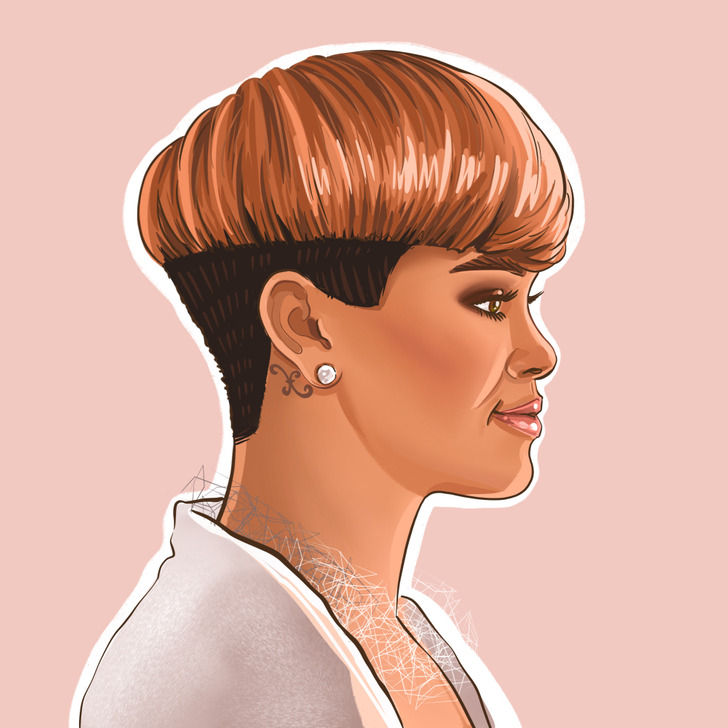
In this cut, the most volume sits atop the head, like a hat, and the shaved part is the leg. The attention is focused on the open neck. Bobs and many other cuts can be made “on the leg.”
Bonus: How to choose a hairstyle that suits your face shape
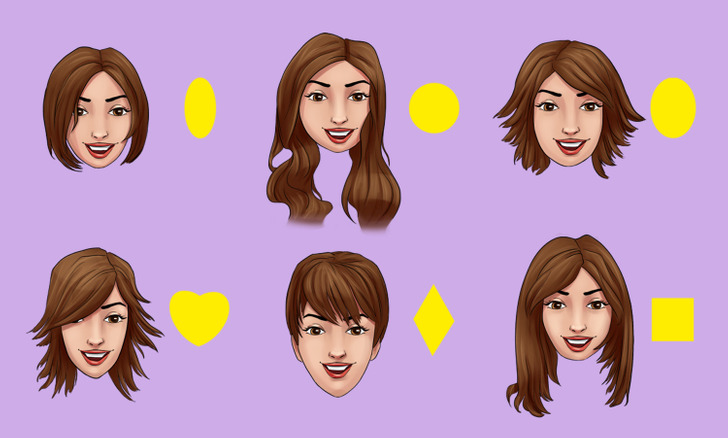
When choosing a hairstyle, it’s good to consider your face shape; it can affect the way hairdos look on you. That’s why one style fits one person and not the other. For example, an oval face looks great with a long wavy hairstyle, an A-line bob, or a shoulder-length flip. If you have a square face, it’s better to avoid getting a pixie with blunt bangs or a sleek ponytail.